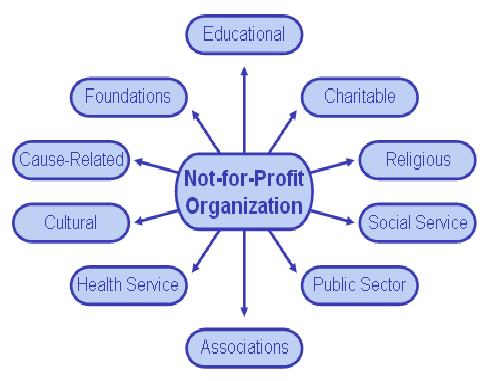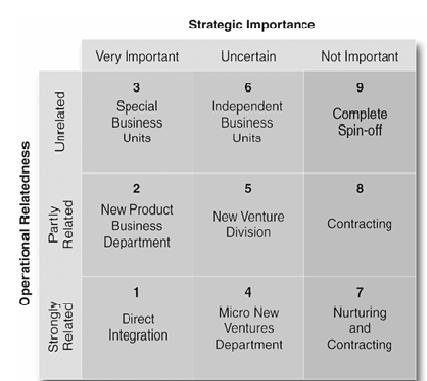Strategic Issues in Managing Technology
Due to increased competition and accelerated product development cycles, innovation and the management of technology is becoming crucial to corporate success. The importance of technology and innovation must be emphasized by people at the very top and reinforced by people throughout the corporation. Management has an obligation to not only encourage new product development, but also to develop a system to ensure that technology is being used most effectively with the consumer in mind. External Scanning: Corporations need to continually scan their external societal and task environments for new developments in technology that may have some application to their current or potential products, Stakeholders, especially customers, can be important participant in the new product development process. Technological Developments: Focusing one’s scanning efforts too closely on one’s own industry is dangerous. Most new developments that threaten existing business practices and technologies do not come from existing competitors or even from Continue reading

